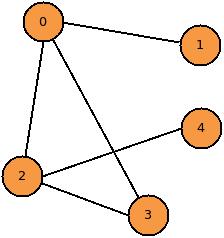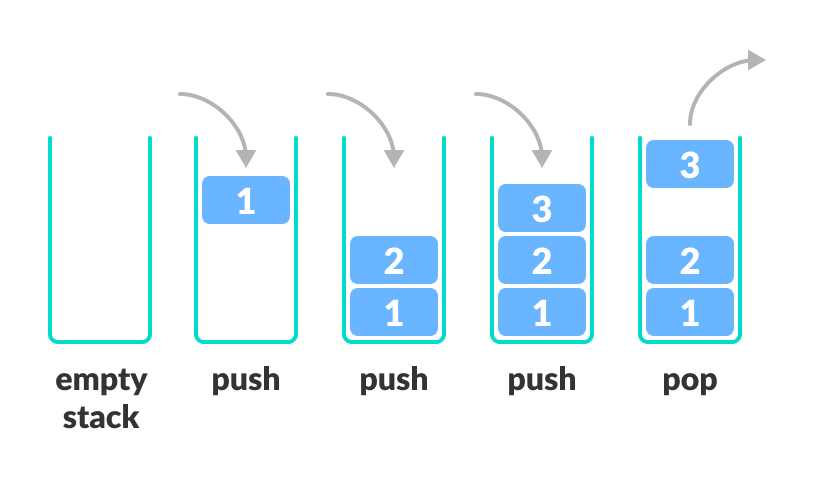Effective project documentation serves as the cornerstone of success for both open-source and self-published software projects. From the user-friendly README.md to the comprehensive developer manual and contributor guidelines, each document plays a vital role in building strong relationships with users, contributors, and the wider community.
In this comprehensive guide, we explore the various types of project documentation and their essential roles. We’ll delve into why documentation matters, how it enhances user experiences, and why it’s crucial for building trust and fostering growth. Whether you’re embarking on an open-source venture or self-publishing a project, you’ll discover how impeccable documentation can be your project’s secret weapon.
Join us as we uncover the art of crafting exceptional documentation that not only informs but also inspires, creating a lasting connection between your project and its audience. Happy documenting!”
This excerpt provides a concise overview of the article’s focus on project documentation, its importance, and its role in building relationships with users and contributors. It also invites readers to explore the comprehensive guide for more insights.
Continue Reading “Crafting Comprehensive Project Documentation for Open-Source and Self-Published Projects” →






Recent Comments